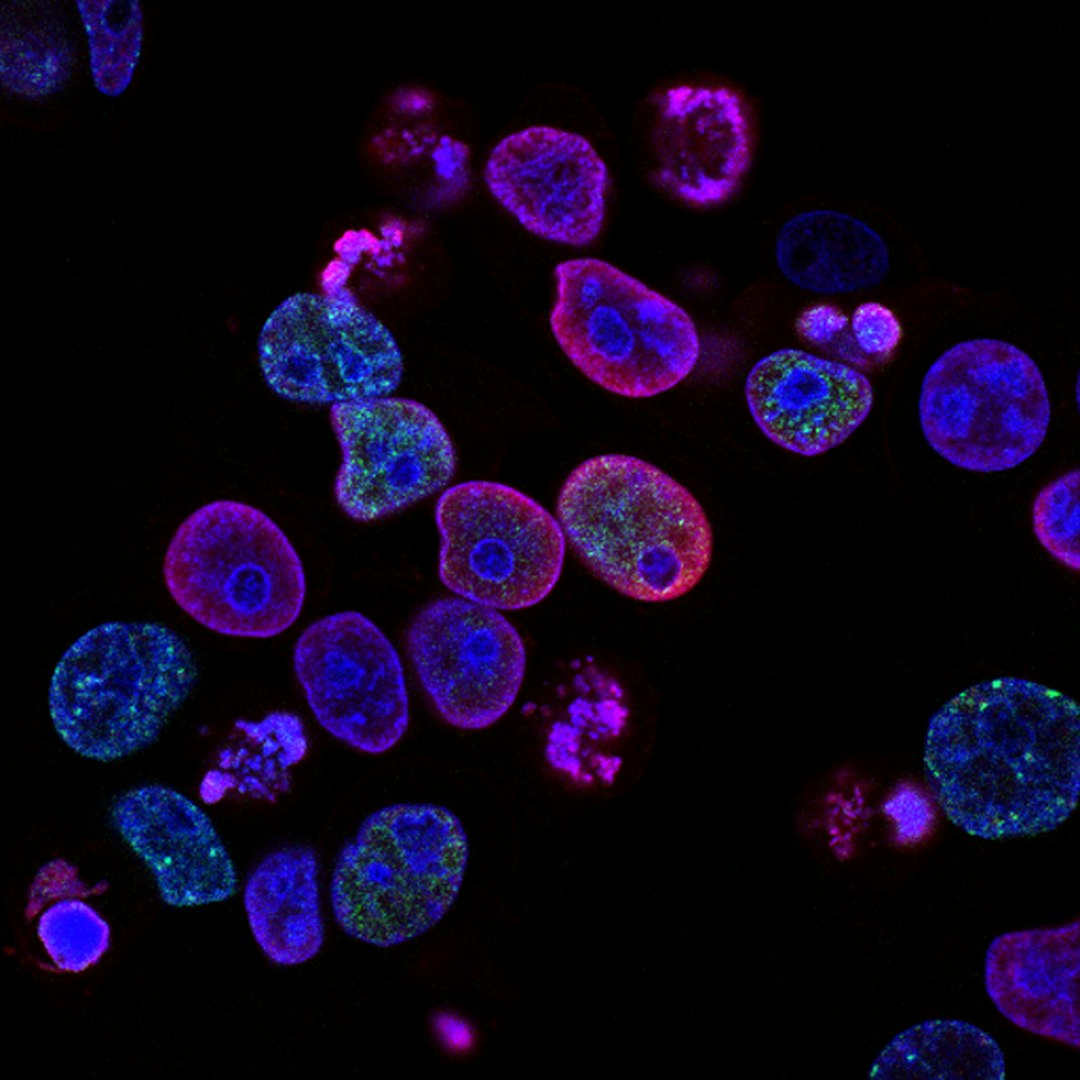The Integration of Technology in Agriculture: Feeding a Growing Population
As the global population continues to soar, the demand for food is expected to increase dramatically in the coming years. According to the United Nations, the world population is projected to reach 10 billion by 2050, requiring a 70% increase in food production to meet the rising demand. This poses a significant challenge for the agriculture sector, which needs to find innovative solutions to feed the growing population. One way to address this challenge is through the integration of technology in agriculture.
Over the years, technology has made significant advancements in various fields, and agriculture is no exception. The integration of technology in agriculture, also known as precision agriculture or smart farming, involves the use of modern tools and techniques to optimize crop production, increase yields, and minimize resource wastage. This not only helps to ensure food security but also contributes to sustainable farming practices.
One of the major areas where technology has made a profound impact is in the field of sensing and data analysis. Advanced sensors, such as drones and satellite imagery, allow farmers to monitor the health and growth of crops in real-time. These sensors can detect areas where crops may be experiencing stress due to factors such as disease, pests, or lack of nutrients. By pinpointing these areas, farmers can take immediate action, such as applying targeted fertilizers or pesticides, to prevent yield losses. This not only improves productivity but also reduces the environmental impact of farming by minimizing the use of chemicals.
Moreover, the integration of data analysis and artificial intelligence (AI) in agriculture has revolutionized the way farmers make decisions. By analyzing vast amounts of historical and real-time data, AI algorithms can provide farmers with precise recommendations on factors such as optimal planting times, irrigation schedules, and pest control measures. This enables farmers to make informed decisions based on data-driven insights, leading to more efficient use of resources and increased crop yields.
Another technology that has greatly benefited agriculture is the Internet of Things (IoT). IoT refers to a network of interconnected devices and sensors that communicate with each other to collect and share data. In agriculture, IoT devices can be used to monitor various farming parameters, such as soil moisture, temperature, and humidity, allowing farmers to make necessary adjustments in real-time. For instance, IoT-enabled irrigation systems can automatically adjust the amount of water delivered to crops based on soil moisture levels, thereby reducing water wastage and improving water-use efficiency.
Furthermore, technology has also played a crucial role in providing access to farming knowledge and expertise to farmers in remote areas. Mobile applications and online platforms now provide farmers with information on weather patterns, market prices, crop diseases, and best farming practices. This information enables farmers to make informed decisions and take timely action, leading to improved productivity and income.
In addition to these technological advancements, the use of biotechnology and genetic engineering has also contributed to increasing agricultural productivity. Through the development of genetically modified crops, scientists have been able to enhance the inherent traits of crops, such as resistance to pests, diseases, and tolerance to adverse environmental conditions. This has not only improved crop yields but has also reduced the reliance on harmful pesticides, thus promoting sustainable farming practices.
In conclusion, as the world’s population continues to grow, it is imperative to find innovative solutions to feed the increasing number of mouths. The integration of technology in agriculture has the potential to revolutionize the farming sector by optimizing crop production, reducing resource wastage, and promoting sustainable practices. From advanced sensors and data analysis to AI algorithms and IoT devices, technology offers endless possibilities to ensure food security and meet the rising demand for agricultural products. By embracing these technological advancements, we can pave the way for a future where everyone has access to safe, nutritious, and sustainably produced food.









